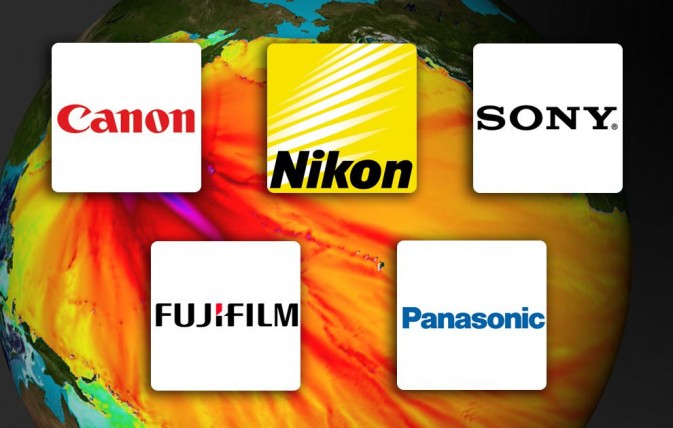Grand Summary - The Current Status of Japan's Top Five Camera Manufacturers After the Earthquake | Photography Friend
On March 11, 2011, a magnitude-9 earthquake occurred in the sea area 130 kilometers east of Miyagi Prefecture, Japan. It triggered the strongest tsunami in Japanese history. Not only did it cause enormous damage to ordinary people, but also directly affected industrial production in Japan, including nuclear power plants and some electronic factories which were forced to suspend production. Ultimately, this will affect the consumer electronics market that is closely related to our interests. While paying attention to the latest news about the earthquake and tsunami in Japan and praying silently for humanity, we have found some clues to objectively analyze the impact of this disaster on major camera manufacturers.
As we all know, among mainstream consumer-level digital imaging manufacturers, apart from South Korea's Samsung Electronics and America's Kodak located far away on the other side of the earth, the rest are all Japanese brands. Canon, Sony, Nikon, Fujifilm, Panasonic, Pentax, Olympus, and Ricoh are all veteran camera manufacturers with decades of history, and they are well-known old brands deeply rooted in the hearts of Chinese consumers. Unfortunately, their production plants and R&D institutions were more or less affected by this earthquake. The occurrence of such a serious earthquake and tsunami in Japan will inevitably have an adverse impact on the digital camera market, but how fast will the impact be? And how wide will the scope of influence be? This is exactly what this article aims to analyze.
